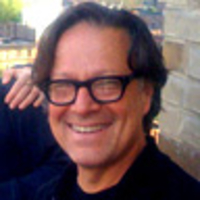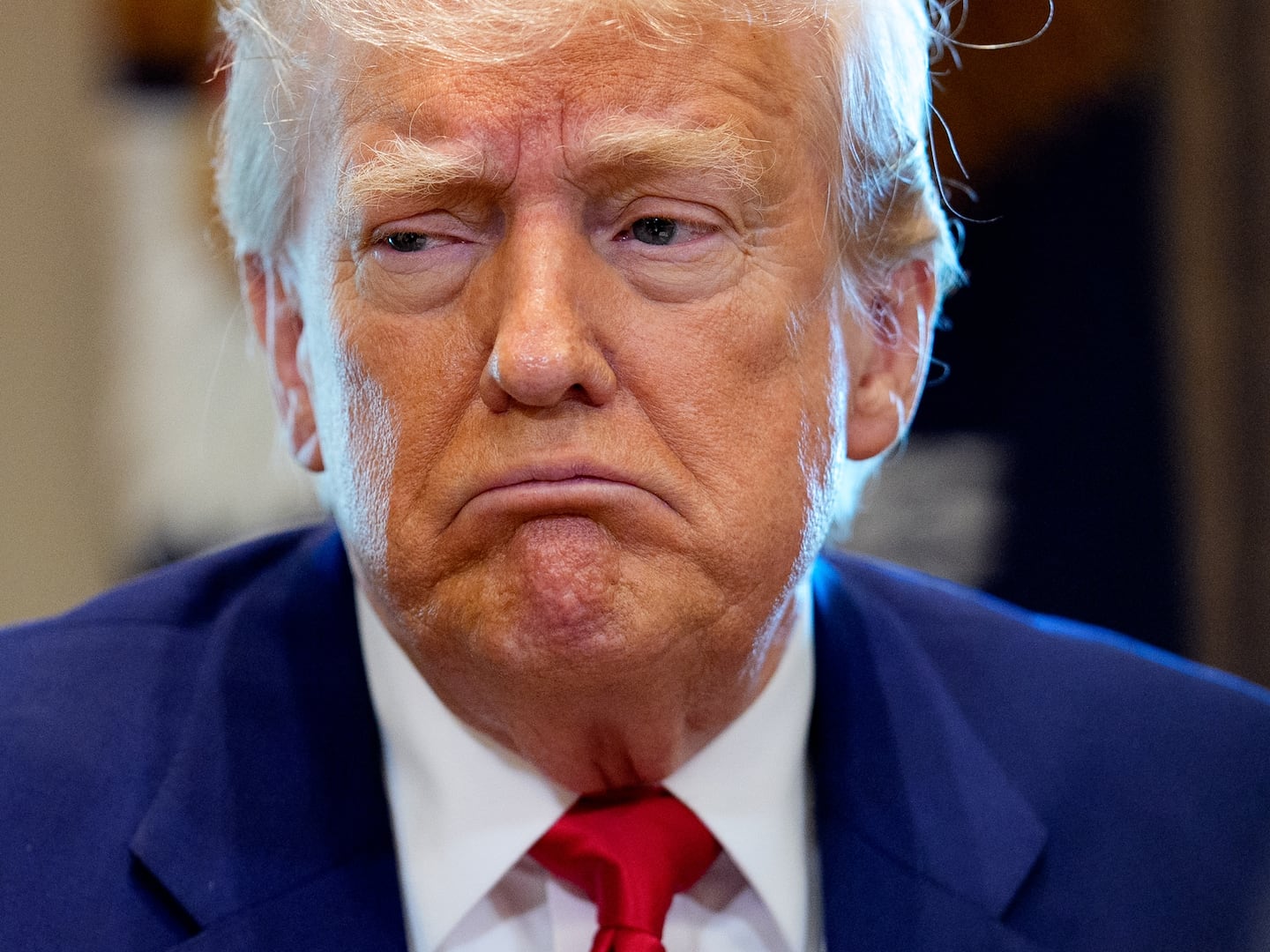In the 1980s, photography underwent a rigorous, necessary, and unforgiving examination by postmodern artists and critics. Straight documentary photography was cast as hopelessly conventional, and, worse, retrograde, but ultimately it was reviled as territorially male. Perhaps the greatest challenge posed by postmodern ideology was to the canon itself—male photographers, for the most part, who had been anointed by male curators and scholars and elevated to the top of the medium. The canon might well have been a euphemism for the penis, and not in a good way.
For a time, the biggest penis of all was The Museum of Modern Art, and John Szarkowski, its outsized curator of photography from 1962 to 1990, was vilified for defining the canon as testosterone-based.
Click Image to View Our Gallery of "Pictures of Women

This was foremost in my mind as I walked through Pictures by Women: A History of Modern Photography, a show of some 200 photographs made exclusively by women from the beginning of the medium through the present, on view at MoMA through August 30, 2010. The photographs are drawn from the museum’s permanent collection, arguably the finest collection of photographs in the world. (Some 88 images in the show were acquired during Szarkowski’s tenure.)
Pictures by Women is something of a quiet revolution, as well as a striking revelation. This is a roll call of women photographers—Anna Atkins, Gertrude Käsebier, Berenice Abbott, Tina Modotti, Lisette Model, Helen Levitt, Nan Goldin, Cindy Sherman, Rineke Dijkstra, and Carrie Mae Weems, among others. To see their pictures gathered in one place across the arc of the medium’s history constitutes an alternate canon, one every bit as vital, lyrical, experimental, and rigorous as the male version. As well, the show includes collage, video, and photo-based installation drawn from other curatorial departments by artists such as Hannah Höch, Yoko Ono, and Kiki Smith.
Eva Respini, associate curator of photography at MoMA, who, along with curators Roxana Marcoci and Sarah Meister organized the exhibition, described the installation in curatorial lingo as “a regular chronological hang,” adding that it is “not a feminist show, or a show about women’s issues, although those themes do present themselves in the work of various artists.” In effect, Pictures By Women presents a slice of the vast historical material in the museum’s permanent collection from a focused point of view.
So, what, exactly, distinguishes photographs made by women as opposed to men? The only characteristics I could discern from this exhibition, which is by no means definitive, are a predominance of self-portraiture; a focus on the individual, mostly female, as the subject; and, with a few exceptions, an intimate distance between photographer and subject. This is in stark contrast to so much photographic documentation throughout the history of the medium in which individuals or groups are presented in any variety of broader contexts. Absent, too, are sweeping landscapes that show either majestic natural terrain, industrial land use, or urban development.
The individual as the exhibition’s dominant subject matter might be the result of curatorial decision-making. Some of the artists in the show have bodies of work that do, in fact, include serious documentation of the larger world. Berenice Abbott, for example, has four pictures in the show, one a self-portrait that reflects the influence of surrealism from her days in Paris in the 1920s when she worked for Man Ray. The other three pictures show narrow views of buildings in New York, even though she was one of the early important visual chroniclers of New York City. In the early 1930s, enthralled with the city’s vibrancy and rapid growth, Abbott began a systematic documentation of the towering new construction, the old buildings, the streets, shops and row houses. Her pictures of New York are filled with the geometry of the big city, all sharp angles and stark contrasts, exploding with new urban energy. Examples of her broad cityscape images in the show would have blurred any distinction between male and female photographers.
Black and white street photography began to define male photographic art making in the mid-1950s, perhaps as a direct result of Helen Levitt’s pictures of New York in the 1940s. She photographed the residential streets of the city with an intimacy of observation and an affection for the true, unsuspecting moment. Her images of children playing on stoops, making chalk drawings on the pavement, wearing masks, and looking out of apartment windows render the urban jungle as a lyrical, if somewhat hardscrabble, playground. She is the folk artist of 1940s New York photography, capturing with innocence and unexpected delicacy the city as it was inhabited by ordinary people. She did the same thing with her color photographs in the 1970s, 15 of which are in the show.
In the 1980s, Cindy Sherman and Laurie Simmons utilized the look of promotional and advertising imagery to construct scenes that explore issues of gender and identity; they are among the postmodern artists who used photographic imagery to mock the roles assigned to women in a world defined by men. A critical, if not also witty, female point of view is clearly in evidence in their work.
During that same period, Tina Barney began to stage the documentation of her own real-life domestic situations, also borrowing from the ubiquity of the advertising tableau. Her scenes are based in fact only by association of artist to subject, but they are by no means the spontaneous moments they are staged to emulate. It would be very difficult to find gender distinctions between Barney’s work and that of Larry Sultan or Philip-Lorca di Corcia, who were staging their own documentary photographs at the same time.
The Ballad of Sexual Dependency, Nan Goldin’s chronicle of friends and acquaintances during mostly nocturnal activities in New York’s East Village, had been shown in many incarnations, from early slide shows projected at the Mudd Club in the late 1970s to the Whitney Museum in 1985. In these diaristic works, the photographic image represents the New York demimonde in the 1980s much the same way Brassai’s nighttime pictures of Paris did in the 1930s. But gender is not the defining difference in their respective documentary approaches to their subject.
Pictures By Women also introduces any number of little known photographers, including, Frances Benjamin Johnston, who documented students at the Hampton Institute in 1899. Her illustrative photographs were featured in an exhibition about contemporary African American life at the Paris Exposition of 1900.
One striking wall presents four large mostly contemporary pieces by Tanyth Berkeley, Valerie Belin, Katy Grannan, and Cindy Sherman. Belin’s image is that of a mannequin, but at first glance it looks like a fully coiffed, impeccably made-up fashion model. The Sherman image is a corpse-like self-portrait, although the artist is merely a stand-in as the model. Together, though, these four photographs seem to animate a common dissociation between the reality of human experience and the way the individual is represented in photographic imagery. I would venture to suggest that this dissociation is a characteristic of the medium that women might be more familiar rendering in formal terms than men.
By presenting so many significant photographs by women in one place, MoMA is acknowledging that attention must be paid to the female side of the photographic aisle. It’s a welcome exercise, and edifying, too, since, in terms of the medium itself, the gender divide is not so easy to delineate.
Plus: Check out Art Beast, for galleries, interviews with artists, and photos from the hottest parties.
Philip Gefter writes about photography for The Daily Beast. He previously wrote about the subject for The New York Times. His book of essays, Photography After Frank, was recently published by Aperture. He is currently producing a feature-length documentary on Bill Cunningham of the Times, and working on a biography of Sam Wagstaff.






